Environmental Legislation - Your Responsibility
Water Pollution ManagementWhat is Pollution?
- Pollution is the introduction of contaminants into the natural environment that cause adverse change.
- It can take the form of chemical substances or energy, such as noise, heat or light.
- The components of pollution can be foreign substances and energies or naturally occurring contaminants.
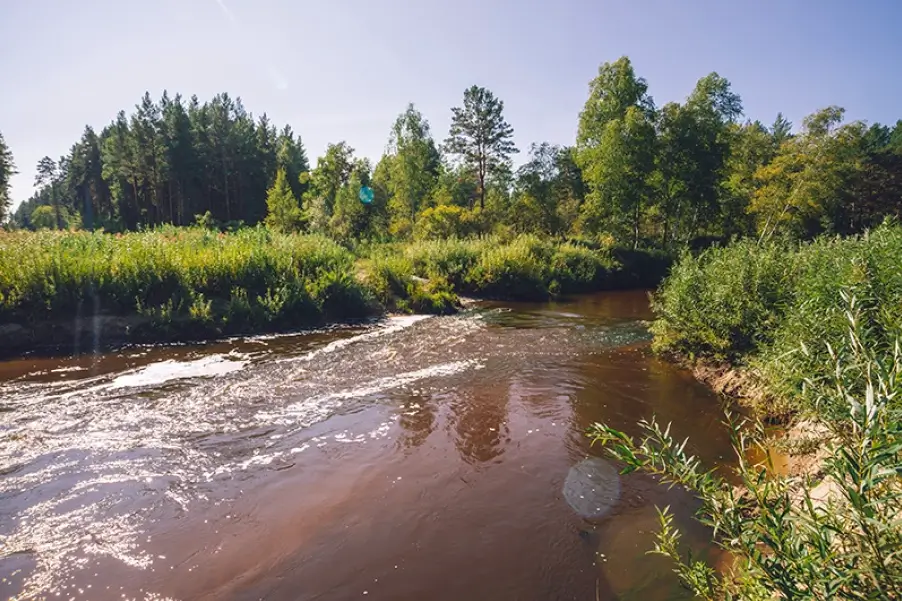
In simple terms, pollution is…
…to much of the wrong thing in the wrong place
What Can Pollution Affect?
- People
- Buildings
- Air
- Water
- Soil
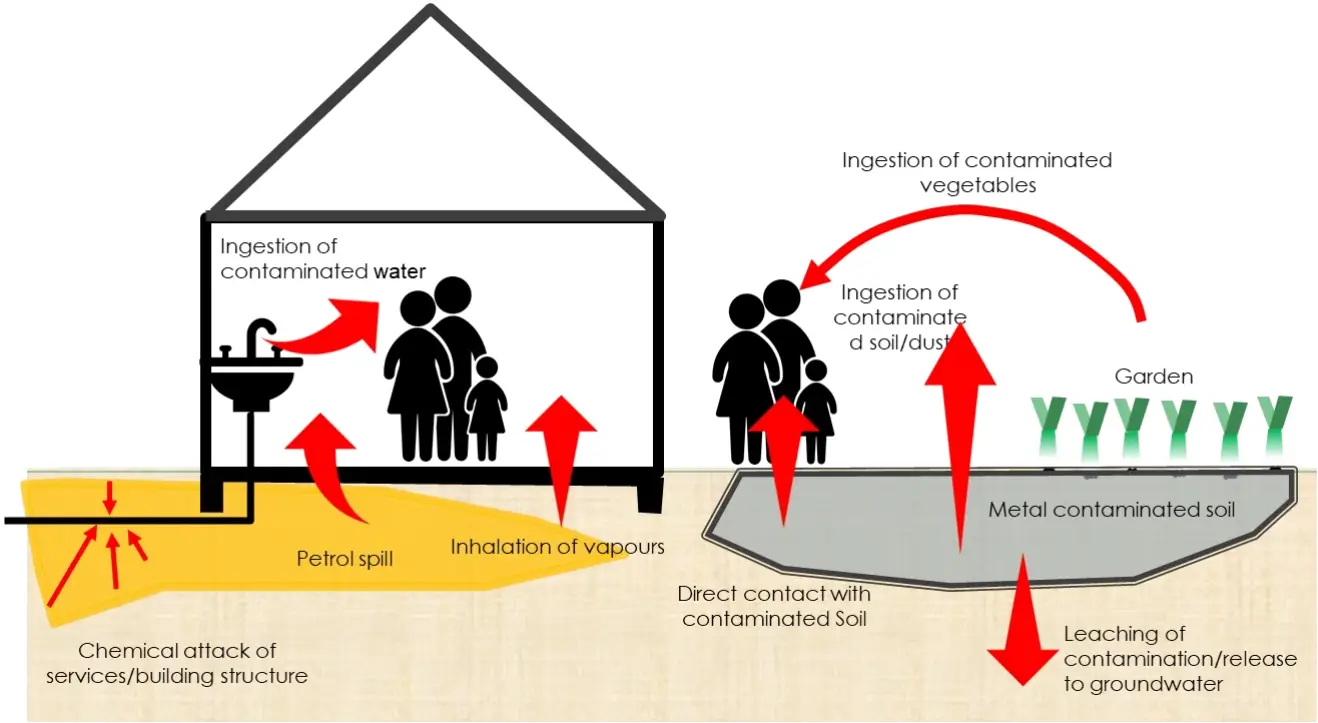
Receptor:
Something that could be adversely affected by pollution
How Pollution Affects a Company
- Project risks and programme delays
- Fines and criminal sanctions
- Brand damage
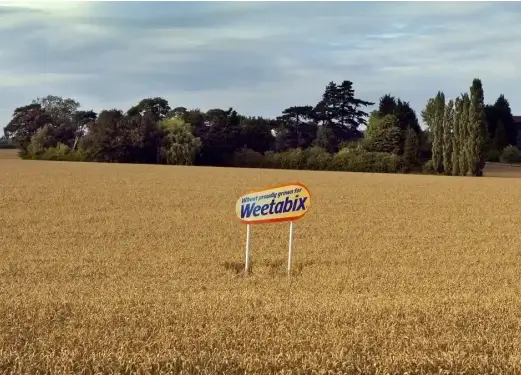
The mis-management of a company’s operational activities can have a significant, detrimental impact on the quality of inland waterways.
A successful company manages their operations to ensure that the risk associated with water pollution is minimised, allowing them to operate in a cost-effective way, successfully and profitably.
A company who fails to plan for excess surface water and/or groundwater that it generates, can suffer harm to their business
“Court Fines Weetabix £140,000 for polluting a river near factory”
The Guardian 22nd November 2019
Why We Need to Protect Water
Pollution can kill fish and affect users such as farmers, industry and drinking water abstractions.
EA State of the environment Feb 2018
Key findings
- In 2016, 86% of river water bodies had not reached good ecological status. The main reasons for this is agriculture and rural land management, the water industry, urban and transport pressures.
- For assessed river water bodies in England, 55% were at less than good status for phosphorus in 2016.
- Nearly half of groundwater bodies will not reach good chemical status by 2021. For groundwater protected for drinking, nitrate levels were responsible for 65% of failures to achieve good chemical status.
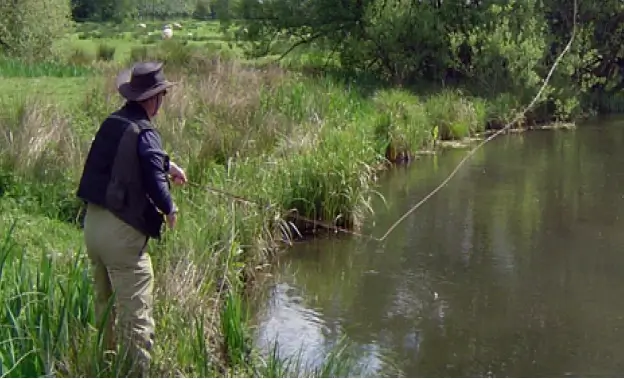
Valuing the Environment
- Annual sale of rod licenses in England – £1.4 million (Environment Agency)
- Coastal footpath adds £32 million to Welsh economy (BBC 2013)
- The total number of people in tourism jobs is estimated at 64,940, around 20% of the county’s total employment (Cumbria Tourism 2018)
Water is Legally Protected
Controlled Waters
As defined in Section 104 of the Water Resources Act 1991, as those waters which the Environment Agency and Natural Resources Wales has a duty to protect.
The definition of controlled water is wide and includes:
Relevant territorial waters: that part of territorial waters which extends three nautical miles seaward from the base lines, from which the breadth of the territorial sea is measured.
Coastal waters: waters landward of the base lines to the high-water limit and the freshwater limits of any rivers.
Inland freshwater: any river or watercourse above the freshwater limit and any lake or pond that discharges directly or indirectly into such a watercourse.
These definitions include groundwater, as this is part of the water cycle and is interconnected with the surface water system
Surface Water and Groundwater have legal protection. It is an offence to pollute them.
Who Owns Pollution?
Rylands v Fletcher (1866)
Lancashire mill owner sued when water escaped from his mill pond and flooded a local mine.
“A person who for his own purposes brings onto his lands and collects and keeps there, anything likely to do mischief if it escapes must keep it at his peril…
…is prima facie answerable for the damages resulting from its escape even if he has taken the utmost care to protect it from escaping”.
Lessons Learnt
- Liability does not depend on proof of carelessness, strict liability will apply.
- We have a duty to ensure that anything we release into the environment will not cause harm to the environment.
- The polluter will pay for the costs associated with his actions.
Who is Ultimately Responsible?
Rylands v Fletcher (1866)
Responsibility for preventing pollution rests with those in control of the site.
The overriding guiding principle behind UK Environmental Legislation is that the
Polluter Pays
For construction sites this generally means
The Main Contractor
Everyone on site, including sub-contractors, must carry out their activities in line with plans, procedures and method statements designed to prevent pollution.
Pollution prevention is a company-wide responsibility
Common Offences
Pollution Offences
To Cause
- No need to prove that the defendant committed the offence with knowledge, the fact that he did it is sufficient knowledge
- Defendant does not need to be negligent in any way
To knowingly permit
- Meaning a failure to prevent pollution, where the defendant had knowledge of the pollution
Permitting Offences
- Make a discharge into the environment within out a permit being in place
- Contravene a permit or its conditions
- Make false entries in a register
- Falsify documents, etc
Pollution prevention is a company-wide responsibility
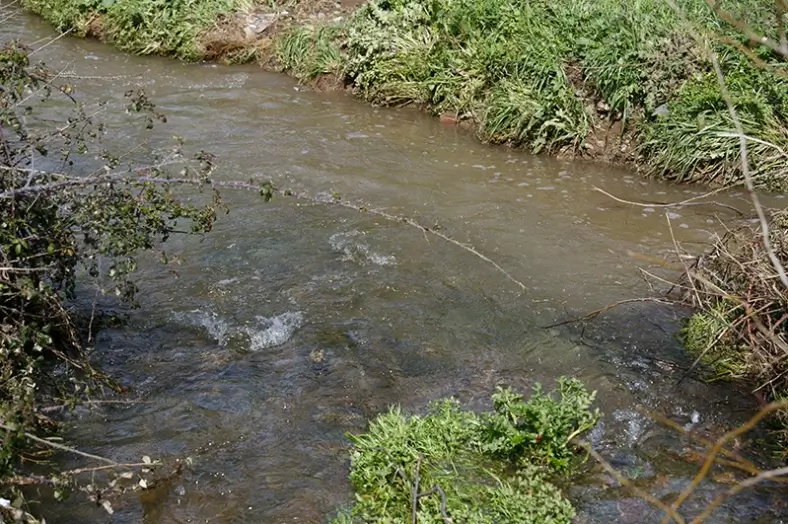
Fines Penalties and Sanctions
Enforcement Undertakings
- An alternative to criminal proceedings
- Voluntary agreements
- The defendant agrees to pay compensation for the environmental damage caused and those he has affected
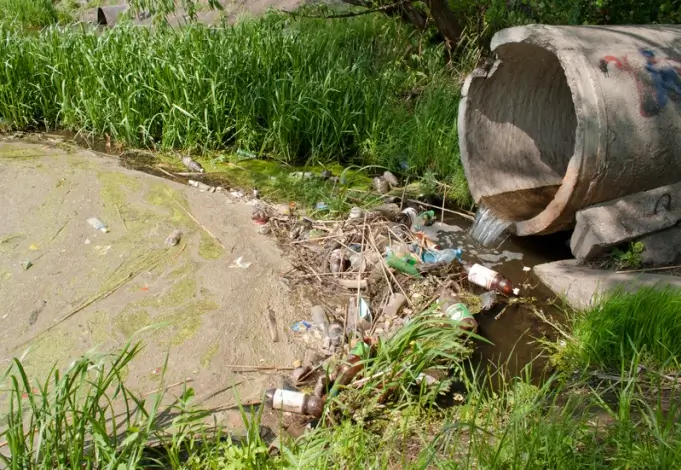
Criminal Proceedings
- Fines and/or prison sentence
- Magistrates Court and Crown Courts
- Environmental Sentencing Guidelines
Other
- Stop Notice
- Prohibition Notice
- Variation Order
- Cost Recovery
Enforcement Undertaking


North Sea Discoloured at Newtonhill
(Credit Julia Fleming)
Environmental Sentencing Guidelines
Aim
- To address the need for improved guidance
- Remove inconsistencies in sentencing
- Allow for fines that reflect the level of seriousness of the incident and degree of culpability of the defendant
- To recover any monetary benefit that the defendant may have gained by committing the offence
Court Consideration
- Culpability
- Harm Factors
- Financial Standing of the defendant
General Rules to Setting the Level of a Fine
- The more culpable the action the bigger the fine
- The greater the harm to the environment the bigger the fine
- The bigger the company the bigger the fine
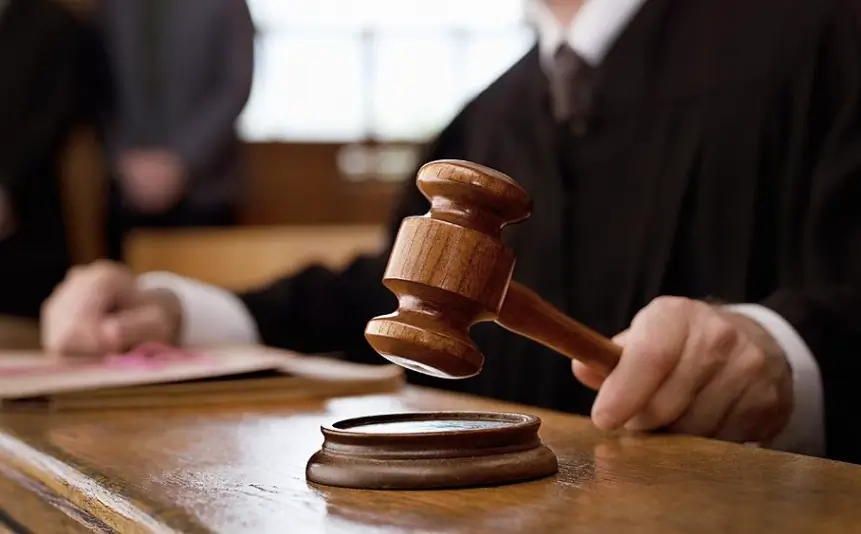
Category 1 Incident
| Deliberate | Reckless | Negligent | Low/No Culpability | ||
| Large | Starting Point | £1,000,000 | £550,000 | £300,000 | £50,000 |
| Range | £450,000 to £3,000,000 |
£250,000 to £1,500,000 |
£140,000 to £750,000 |
£25,000 to £130,000 |
|
| Medium | Starting Point | £400,000 | £220,000 | £120,000 | £20,000 |
| Range | £170,000 to £1,000,000 |
£100,000 to £500,000 |
£55,000 to £300,000 |
£10,000 to £50,000 |
|
| Small | Starting Point | £100,000 | £55,000 | £30,000 | £5,000 |
| Range | £45,000 to £400,000 |
£24,000 to £220,000 |
£13,000 to £120,000 |
£2,500 to £20,000 |
|
| Micro | Starting Point | £50,000 | £30,000 | £15,000 | £2,500 |
| Range | £9,000 to £95,000 |
£3,000 to £55,000 |
£1,500 to £30,000 |
£500 to £5,000 |
Category 2 Incident
| Deliberate | Reckless | Negligent | Low/No Culpability | ||
| Large | Starting Point | £500,000 | £250,000 | £140,000 | £25,000 |
| Range | £180,000 to £1,250,000 |
£100,000 to £650,000 |
£60,000 to £350,000 |
£14,000 to £70,000 |
|
| Medium | Starting Point | £170,000 | £100,000 | £55,000 | £10,000 |
| Range | £70,000 to £450,000 |
£40,000 to £250,000 |
£25,000 to £140,000 |
£5,500 to £25,000 |
|
| Small | Starting Point | £45,000 | £24,000 | £13,000 | £2,500 |
| Range | £17,000 to £170,000 |
£10,000 to £100,000 |
£6,000 to £55,000 |
£1,000 to £10,000 |
|
| Micro | Starting Point | £22,000 | £12,000 | £6,500 | £1,000 |
| Range | £3,000 to £45,000 |
£1,500 to £24,000 |
£1,000 to £13,000 |
£350 to £2,400 |
Category 3 Incident
| Deliberate | Reckless | Negligent | Low/No Culpability | ||
| Large | Starting Point | £180,000 | £100,000 | £60,000 | £14,000 |
| Range | £100,000 to £450,000 |
£60,000 to £250,000 |
£35,000 to £150,000 |
£10,000 to £40,000 |
|
| Medium | Starting Point | £70,000 | £40,000 | £25,000 | £5,000 |
| Range | £40,000 to £180,000 |
£24,000 to £100,000 |
£24,000 to £60,000 |
£3,500 to £14,000 |
|
| Small | Starting Point | £17,000 | £10,000 | £6,000 | £1,000 |
| Range | £10,000 to £70,000 |
£5,000 to £40,000 |
£3,000 to £23,000 |
£700 to £5,000 |
|
| Micro | Starting Point | £9,000 | £5,000 | £2,500 | £400 |
| Range | £2,000 to £17,000 |
£1,000 to £10,000 |
£500 to £5,500 |
£175 to £1,000 |
Category 4 Incident
| Deliberate | Reckless | Negligent | Low/No Culpability | ||
| Large | Starting Point | £100,000 | £60,000 | £35,000 | £10,000 |
| Range | £55,000 to £250,000 |
£35,000 to £160,000 |
£22,000 to £100,000 |
£7,000 to £25,000 |
|
| Medium | Starting Point | £40,000 | £24,000 | £14,000 | £3,000 |
| Range | £22,000 to £100,000 |
£14,000 to £60,000 |
£8,000 to £35,000 |
£2,500 to £10,000 |
|
| Small | Starting Point | £10,000 | £5,000 | £3,000 | £700 |
| Range | £5,000 to £40,000 |
£3,000 to £24,000 |
£1,500 to £14,000 |
£1,000 to £3,500 |
|
| Micro | Starting Point | £5,000 | £3,000 | £1,400 | £200 |
| Range | £1,000 to £10,000 |
£500 to £5,500 |
£350 to £3,000 |
£100 to £700 |
Is the Sub-contractor Hired Help?
November 2013
National house builder and groundworker discharge sediment rich waters.
Background
- The site experienced a period of heavy rainfall
- Straw bales blocking the outlet from a sediment lagoon were removed to reduce the risk of the site flooding
- Following removal of straw bales silty water was discharged from a settlement lagoon
- A member of the public reported that the local stream had become discoloured
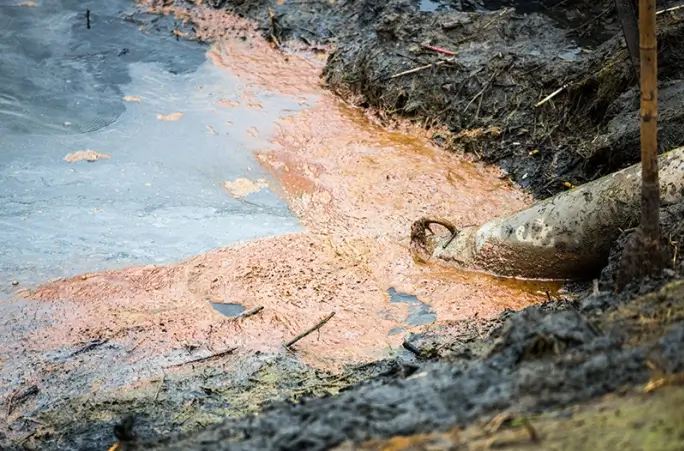
Fines
- Housebuilder £100,000
- Groundworker £9,000
18 Month Works Program (25 Minutes of Pollution)
Background
National house builder and groundworker discharge sediment rich waters.
- Single pollution incident involving the release of silt laden water into a tributary of the River Rother in Burwash
- The EA discovered a brown discharge downstream of the works after a member of the public reported the discoloured water
- Further investigation showed that the river was visually and locally impacted on a temporary basis
- There was no evidence that local wildlife was adversely affected
In Mitigation
It was stated that this was an isolated incident of 25 minutes during an 18 month contract and the company was of previous good character
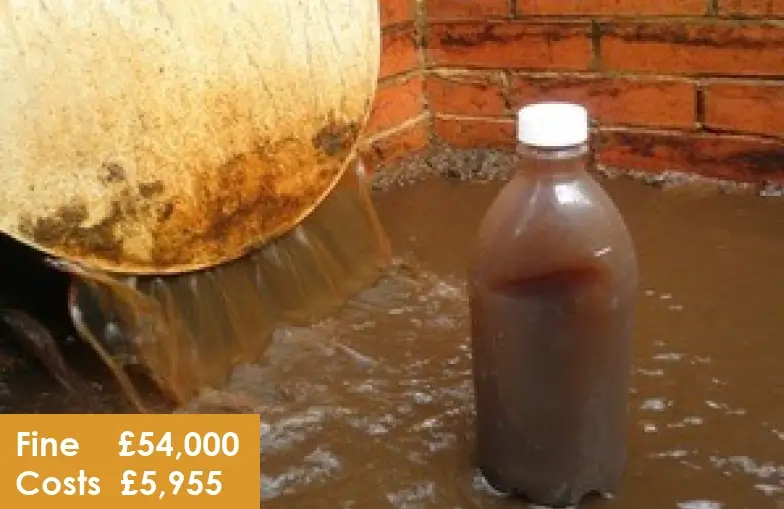
Appeal Court Upholds £250,000 Fine
Background
- Blockage of sewage pumps caused a non-emergency discharge of sewage into a brook and nearby conservation area
- The utility company did not promptly respond to the alarms, allowing sewage to be discharged
Court Concluded
- Pollution Level upper end of Category 3
- Level of Culpability = Negligence
Sentencing Guidelines
Large Company
- Starting Point £60,000
- Range £35,000 to £150,000
Court of Appeal
“To bring the message home to the directors and shareholders of the organisation which has offended negligently more than once before, a substantial increase in the level of fines, sufficient to have a material impact on the finances of the company as a whole will ordinarily be appropriate”.
“This may result in fines measured in millions of pounds”
Total Fine £250,000
Disposal Options

Off Site Disposal
Duty of Care for Waste Disposal
All parties in the Waste Disposal Chain have a responsibility to take reasonable measures to ensure that the water/waste:
- Is not disposed of unlawfully
- Is not disposed of in a manner likely to cause
- Pollution of the environment
- Harm to human health
- Does not escape
- Is transferred to an authorised person
- Is adequately described
- A written description is transferred with the waste
How is a waste defined?
Discharge to Foul Sewer
- Regulated by the utility company that is responsible for the sewers and the operation of the sewage-treatment works through which the effluent will pass
- Such companies are designated as Water and Sewerage Undertakers and have powers to consent to discharge under the Water Industry Act 1991
- They will set limits on the content of the discharge so it will not harm:
- Sewage Treatment process
- People who work in the sewage system
- Sewage system itself
- Common consented conditions:
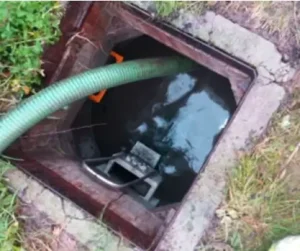
- Flow Rate
- Daily Volume
- Time of Discharge
- Temperature
- pH
- Toxic Metals
- Suspended Solids
- Ammonia
- Sampling and Monitoring
- Chemical Oxygen Demand (COD)
No flammable substances are permitted to be discharged
You Have to Pay to Use the Sewer
The more concentrated the effluent the higher the charge
Even dilute effluents will be subjected to a charge
Dilution will not reduce the overall costs
Cost calculated using the Modgen Formula
Cost = Volume x Strength
Discharge to the Environment
When do you need a permit?
The discharge of contaminated liquids into Controlled Waters (Surface Water or Groundwater) is covered by the Environmental Permitting Regulations 2010
You do not need a permit:
- To discharge uncontaminated water, for example, clean rainwater from roofs or small areas of hardstanding to surface water
- To discharge uncontaminated water collected from public roads and small parking areas, that’s been through a maintained oil separator or sustainable urban drainage system, to surface water
- For certain low-risk groundwater activities, known as groundwater activity exclusions
- If the discharge is made under a formal exemption
Types of Permits
- Standard
- Bespoke

Permits take a minimum of 6 months to obtain
Regulatory Position Statements
What is a Regulatory Position Statement (RPS)
It is a statement from the Environment Agency (EA) defining circumstances under which they will not prosecute you for not having a permit in place
Temporary Dewatering from Excavations to Surface Water
You do not need a permit if you:
- Have a short term, temporary discharge of uncontaminated water which is wholly or mainly rainwater, from an excavation to surface water (such as pumping water out of an excavation on a building site)
- Comply with all the conditions in this regulatory position statement (RPS).
This RPS does not cover the discharge to groundwater.
Temporary De-watering From Excavations to Surface Water
Conditions you must comply with:
The discharge must:
- Be clean water, for example clear rainwater or infiltrated groundwater which has collected in the bottom of temporary excavations
- Not result in water containing fine or coarse suspended solids (silty water) entering surface water
- Not last more than 3 consecutive months (the activity may stop and restart but the clock does not restart) – if the activity is likely to go over 3 consecutive months then you need to apply for a permit
- Be made to surface water, such as a river, stream or the sea
- Have a method statement that minimises the risk of pollution
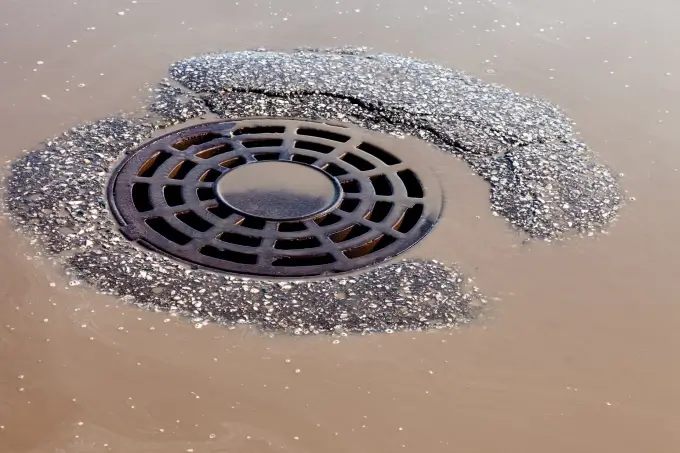
The discharge must not:
- Pollute surface water
- Contain any chemical dosing agents, flocculants or coagulants
- Be from a site which is contaminated by oil, metals, hydrocarbons, solvents or pesticides or other polluting substances
- Result in the spread of non-native invasive species, parasites or disease
- Cause flooding from surface water
- Cause erosion of the banks or bed of the receiving watercourse
- Contain concrete wash water even if it has been treated
- Contain site drainage from surface areas such as haul roads, storage or working areas
- Be from a site with naturally elevated concentrations of substances which exceed environmental quality standards

Before starting work on site you must:
- Plan how to minimise the level of contaminants such as silt entering the excavation
- Plan how to dispose of water that enters the excavation
- Plan not to use machinery in excavations while dewatering is taking place
- Minimise water entering the excavation, for example from rainfall, runoff, groundwater ingress or high water table
- Consider using sustainable urban drainage construction methods
The discharge must not be located within, or less than 500 metres upstream of:
- Sites of Special Scientific Interest
- Special Areas of Conservation (SACs)
- Special Protection Areas (SPAs)
- Candidate SACs, possible SACs, potential SPAs and sites of community importance
- Internationally designated Ramsar sites
- Other nature conservation sites, such as ancient woodlands, local and national nature reserves – check the map
- Local wildlife sites – find your local council

How Clean is Clean?


Simon Skentelbery
General Manager
John F Hunt Regeneration Ltd
London Road
Grays
Essex
RM20 4DB
M: 07967 306 517
E: simon.skentelbery@johnfhunt.co.uk
W: johnfhuntregeneration.co.uk